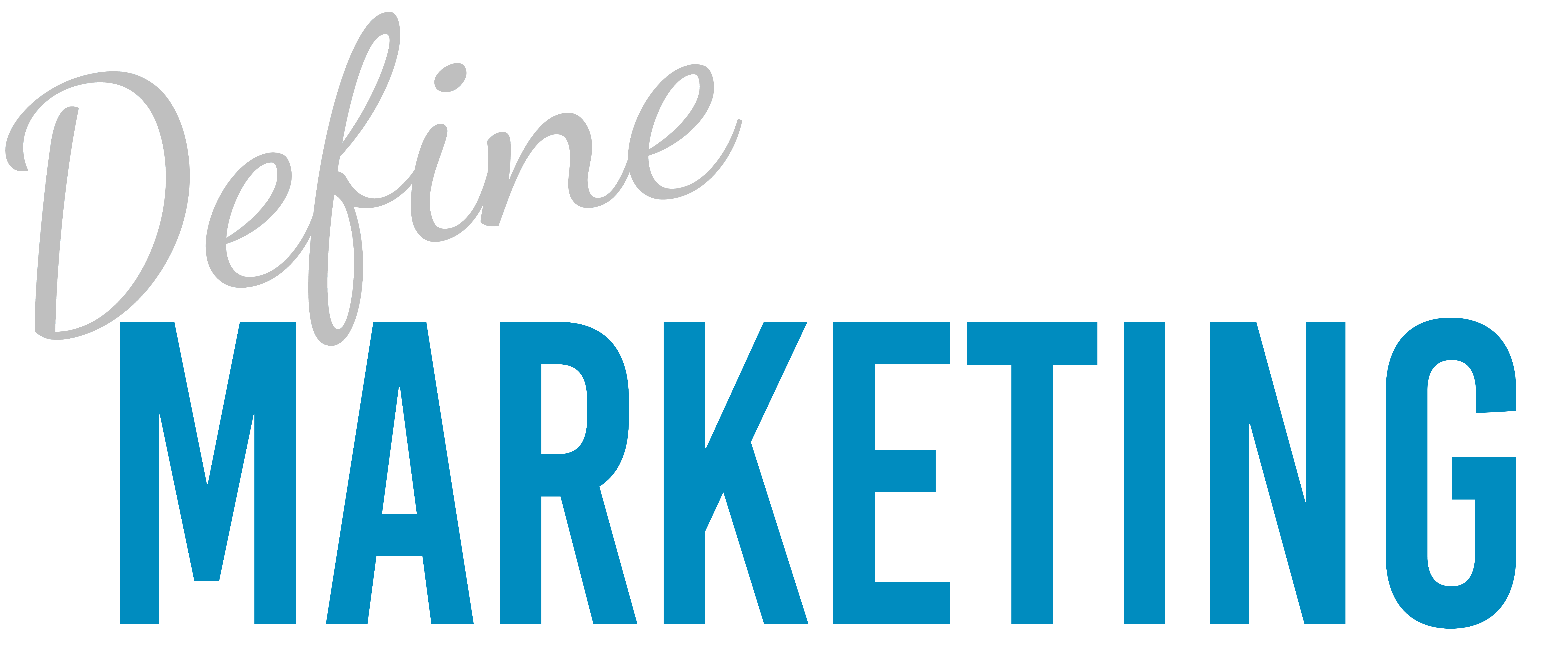In today’s digital world, countless talented web designers and developers can help you build a website that stands out. But the success of your website often depends on how well you define your goals. A good web design project doesn’t happen by chance—it starts with a clear, comprehensive web design brief.
If you’re unsure about where to begin or what to include in your web design brief, don’t worry. Here are 5 tips to help you create an effective web design brief that will lead to a successful project.
1. Know Your Brand
Before diving into website creation, you need to have a solid understanding of your brand. Your brand defines your identity and sets you apart from competitors. It’s the foundation of how you communicate with your audience and serves as a guide for your website’s design and content.
Start by answering the following questions:
- What is your brand’s mission?
- Who is your target audience?
- What are the core values of your brand?
Having clear answers to these questions will guide the visual and functional decisions for your website. For example, if you’re selling products, platforms like Shopify or WooCommerce may be ideal. But if your focus is more on content or services, WordPress or Weebly could be the better choice.
2. Create a Menu
Just like a restaurant menu guides customers, a website menu helps users navigate your site easily. Without a clear structure, visitors may become frustrated and leave your site. To avoid this, plan your website menu in advance.
Ask yourself:
- What do I want visitors to find when they visit my site?
- What are the key pages my website needs?
Common menu items include an About Page, Services Page, and Contact Page. Organize these items logically to ensure that your users can easily find what they’re looking for.
3. Write Relevant Content
While the design of your website is important, content is king. Users visit your site for answers, and well-written, relevant content keeps them engaged. Focus on providing information that is helpful and tailored to your audience’s needs.
Unique, helpful, and entertaining content can make all the difference in keeping potential customers on your site. Be sure to include high-quality images or videos that complement your content and brand.
4. Feature Your Story
Sharing your story allows potential customers to connect with you on a personal level. Highlight your business accomplishments, show your portfolio, and explain your business goals.
To enhance the user experience, you can add special features such as:
- Call-to-Action buttons
- Contact Forms
- Book a Call options
- Social Media Sharing tools
These features can help guide visitors through your website and encourage them to take action, whether it’s reaching out for more information or making a purchase.
5. Visual Elements Matter
The visual design of your website is a crucial aspect of user engagement. A website with poor design can drive users away before they even explore your content. To create a clean, appealing design, focus on visual hierarchy and graphic elements that work well together.
Professional web graphic designers can help you choose color palettes, create visual consistency, and design responsive layouts that appeal to your target audience. Keep in mind that the way your website looks will significantly impact how visitors perceive your brand.
Conclusion
Creating a well-structured web design brief will not only make the process easier for your designers and developers but also ensure that your business website effectively reflects your brand. Your role in shaping the brief is critical to the success of the final product.


